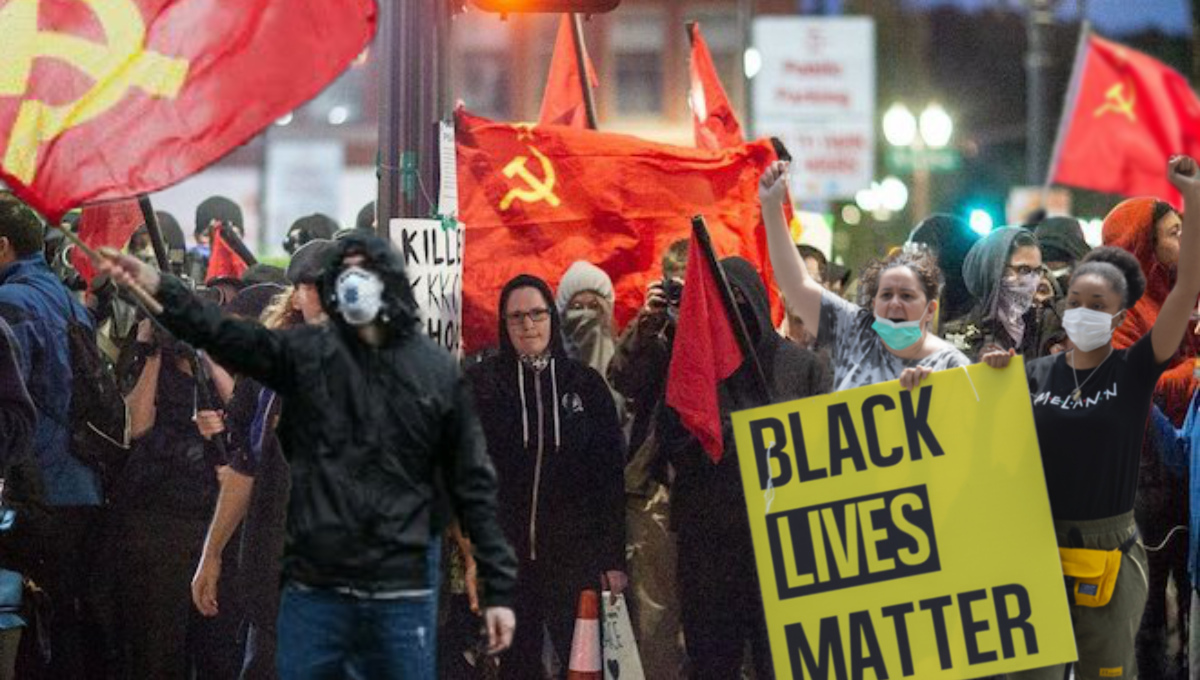Leviathan is hazardous to our health.
What We Need to Build—in Order to Build

A time to pour foundations.
A new argument is now heard everywhere: a new political era is dawning. Trump has opened the door, shifted the Overton Window, ushered in a new era. A wide range of fields and industries lay waiting to be disrupted. Young Turks will ascend to seize the moment and rebuild Western Civilization.
The opportunities are everywhere, too. In the political realm, new cleavages are emerging between populists and our current elites: if only we could build new political institutions to take advantage of them. Coronavirus has exposed our bureaucratic sclerosis in medical regulation, our tenuous supply chains, our obsessive outsourcing of critical infrastructure: if only we had organizations capable of reversing the rot. Our schools credential class status rather than ability: who will build the next Ivies?
Thinkers on both coasts align on this need for renewal. Venture capitalist Marc Andreessen’s “It’s Time To Build” mirrors conservative intellectual Yuval Levin’s A Time To Build. The two come at the topic with their respective instincts: Andreessen wants “gleaming skyscrapers,” supersonic aircraft, and delivery drones, while Levin urges a recommitment to civic institutions that deepen community ties and strengthen families.
Of course, what needs building varies vastly across ideological and temperamental camps. For integralists, it’s time to build a state oriented toward a Catholic conception of the common good. Those more engaged in the policy world point to changes in our political structure. For Silicon Valley and San Francisco denizens, the solutions are largely better tech startups, deregulation of productive power, and sometimes new aesthetic projects to captivate the masses.
And details are hazy. Many putative solutions rely first on installing allies at the highest levels of the federal government. Step one, trash the appropriate regulations and secure funding. Step two, ???. Step three, start colonizing—Washington, Mars, wherever!
“Inspiring” as this all is, in reality it leaves bright young impatient people at something of a loss. What should they do in the here and now? If Peter Thiel is correct to say “we were promised flying cars and instead we got 280 characters,” how can we work on the flying cars now, or put ourselves in a position to be helpful in the future? Certainly, at least, we can start by answering a simple question: which meta-structures need building first?
Selection Effects
Subconscious and unplanned selection patterns have a tremendous impact on how institutional cultures develop. In Informing Statecraft, Angelo Codevilla describes the type of man who made up the first cadre of OSS recruits in WWII. As the “coaches and quarterbacks” had already filled up the exciting work of espionage and counterespionage, the “weenies and wimps” of American academe were left to make their home in the Research and Analysis division. Codevilla describes them as “remarkably monochrome in their social preferences…. Their ideal was the urbane, progressive, secular British aristocrat.”
Their insularity and cultural snobbishness were directly responsible for the failures of the intelligence services that grew out of the OSS: overreliance on empiricism, an inability to comprehend foreign cultures on their own terms, and so on. Today, covert operations take up about 1% of the CIA budget, while Codevilla’s “weenies and wimps” dominate the institution. These days the CIA mostly selects for academic ability rather than competence with C4 or handguns.
Other sectors look for other traits. Wall Street pours resources into head-hunting the brightest and most vicious denizens of our big schools and procures the creatures it needs. In a world that demands demonstrated commitment to stay in the office at all hours, interns are explicitly judged by how long they remain, even after the practical work is completed. Recruitment begins years before graduation, creating a pool so large 50% are weeded out of the industry within 2 years. The increasing financialization of the American economy and valorization of the finance bro career suggest the industry successfully selects for the traits it requires to cement itself.
Both Wall Street and the intelligence community have selected for specific traits, first through pure contingency and later explicitly. For future institutionalists to succeed, they would do well to cultivate in themselves those virtues which will be of use down the line.
Credentialing
How would one go about hunting for future rewilders, industrialists, biotech innovators, deep sea explorers, architects? There is no shortage of young, serious, and hungry people who would like to be given a task; the issue is in the pipeline. Their energy is waiting to be channeled.
Open-source projects are one way to find talent—someone who spends four hours a week hunting down war criminals or contributing to the store of human knowledge is likely to be self-motivated, keen on solving practical problems, and developing area expertise. But other avenues will continue to crop up as the traditional American university buckles under COVID-19 and the longer-term tuition bubble.
Jeffrey Epstein had his own Harvard office and phone line: we will not breed the anti-Epsteins there. We need alternate credentialing systems for those who can contribute.
Will we see new proto-academic institutions untethered from the administrative kludge and amorality of modern academia? What modes will educate the young and give them a chance to produce, to build a name doing real work, to contribute?
Societies that offered opportunities for advancement to the young, from Rome to the British Empire, regularly did so by throwing them in the deep end. Of course, for now, many of these opportunities no longer exist. Admiral Farragut commanded a prize ship in 1813: he was born in 1801. But to the extent that institutions can recruit young talent and give them authentic tasks, they should do so, for their own sake as much as for the culture’s.
Decentralized Institutions
Active communities oriented around institutional renewal are now often loose online cohorts on social media or small semi-closed circles on Slack or Discord. These circles can be excellent for mutual support and encouragement, but they face severe bottlenecks for providing accountability and the ability to collaborate.
Online life can foster a unique sense of camaraderie. It can provide a limitless stream of aesthetic images, many of which are helpful for making the political vivid. However, these online circles struggle to coordinate offline. The ever-present danger is that posting, retweeting, liking becomes a substitute, not a supplement, for active institutional engagement. (The “meme magic” meme has been particularly unhelpful in this regard).
What kind of systems, technical or social, would allow us to work together on common goals? At the moment, much of the focus is on self-improvement: reading and becoming wiser, getting swole, tending to your garden. All this is excellent and crucial to building a lifelong community and being effective in other areas. But how can we turn that commitment to personal goals into collaboration in the physical world?
Mentorship
Good mentorship will be the final piece of the puzzle. Aspiring builders have many advantages in a fat and sclerotic culture simply by virtue of their energy and aspiration to create. But we also tend to be young, inexperienced, and raw. Moreover, builders often assume they are the first to attempt a task or a solution that many have tried and failed.
Some of us attempt to remedy this deficit through the study of history: this is good. But the wisdom of older people will be valuable in more immediate ways, and our society takes great pains to keep us isolated within our age cohort. We must seek out advice, more than we think we need. It will both protect both us, and those we seek to help out of hubris and ignorance, from early burnout and frustration.
Don’t Wait on History
Contemporary essays about “building” tend to be powerful as polemics but conceptually wriggly and unfinished. The main reason, manifesting in different forms, is that the institutions we need in order to build on a major scale haven’t yet been built.
This is why “tend to your garden” behavior is increasingly in vogue on the politically engaged Right: it’s immediately accessible. Lifting, reading, cooking, actual gardening are the low-hanging fruit. We’re localists because taking care of what’s in front of you is good, yes, but also because it’s not yet possible to be anything else.
In this sense, the urge to build and the urge to nurture your immediate community share an uneasy relationship in the hearts of those who care about both. We sense that the big problems must be solved through large institutions. Individuals, friendship networks, and families will not build the Saturn colony alone. Perhaps the near-term American future will require some combination of the localist and centralist impulses: neighborhood ecological resilience along with more robust produce supply chains, for example.
Generally, though, the temptation is to wait for world-historical shifts to sweep the righteous into power. Many on our side indulge in “if only I were the bureaucrats” thinking, and it is true that much successful industrial policy or political reform has relied on government patrons stumbling upon interesting networks by chance.
But for us to be ready to do the work needed over the next 30 years, we must begin now, where we are. There will be intermediary opportunities to turn the ship in direct ways: perhaps through winning public office at the local level, or through smart maneuvering within the corporate machine. But there are practical opportunities to both improve ourselves as future builders and to lay the groundwork for building together.
The desire to build is there, and avenues are unclear. But rather than give in to despair, we must remember our own need for formation: the smaller habits and structures that must be built first if any of these larger visions are to come to pass. Lay the foundation now for the work you will do in the future.
The American Mind presents a range of perspectives. Views are writers’ own and do not necessarily represent those of The Claremont Institute.
The American Mind is a publication of the Claremont Institute, a non-profit 501(c)(3) organization, dedicated to restoring the principles of the American Founding to their rightful, preeminent authority in our national life. Interested in supporting our work? Gifts to the Claremont Institute are tax-deductible.
A bold plan for education reformers.
An address delivered February 10, 2021.
To fight prejudice, get the bureaucrats out of power.
Our proud nation and history deserve better.
Big Biz, Big Tech, & Higher Ed are not your friends.






